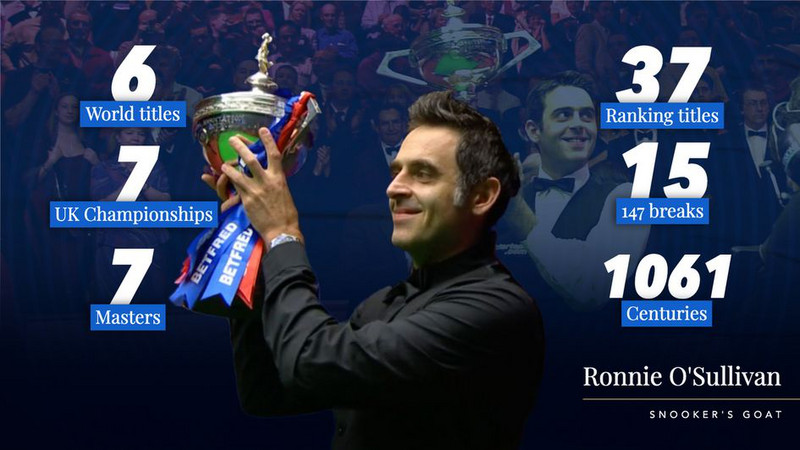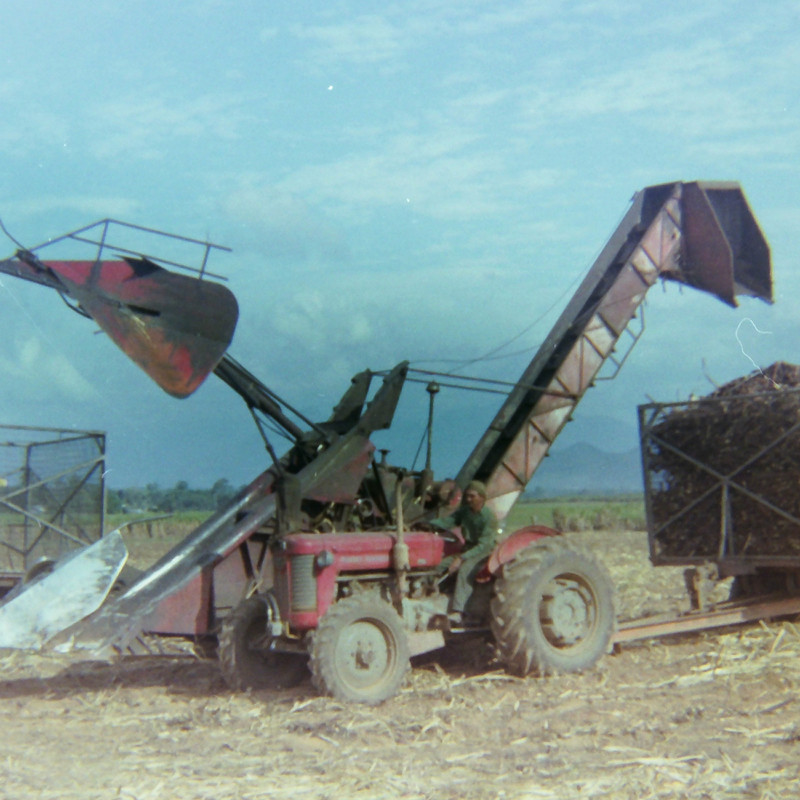Many years ago I wrote an essay entitled ‘The Fascination of Chess. Now I am writing a similar essay about snooker. The trigger for this essay is the World Snooker Championship, which I am watching on TV. The finished yesterday – Saturday April 30th 2022 – and the final begins today. Ronnie OSullivan will be playing Judd Trump.
The standard of play in this world championship has been very high. Three seasoned old pros – OSullivan, John Higgins and Mark Williams - have been playing near or at their absolute best. In a that will live long in the memory, Judd Trump, a mere stripling at 32, vanquished Williams Williams was trailing and later but, incredibly, took a lead, before Trump won the final two frames and the match. Definitely one of the in the history of the world championship, it reminds me of two world finals. In 1973, Ray Reardon, down after the first session, found his form to defeat Eddie Charlton and, in 1985, Dennis Taylor, after trailing Steve Davis fought back to win
straightforward but, to play either game well, great skill is required. One difference is that snooker is a sport, demanding coordination, whereas chess is entirely and therefore a game. One similarity is the need to think ahead. A chess grandmaster will, routinely, see 10 or more moves ahead; a snooker professional will calculate the optimum position of the white ball for the next and following shots.
Another difference is the fact that I am a snooker player but at chess. If I had wanted to, I could have been an FM (FIDE Master). My current blitz rating is 1500 and I have been as high as 1720. - not all that unfavourably - with Magnus Carlsens blitz rating of 2832. By contrast, my highest break in a game of snooker is around 30 – dismally with Ronnie OSullivans 15 maximum breaks and 1166 century breaks.
As a youth, I was rarely able to play snooker on a table. There is no doubt I would have been a better player if Id had the opportunity to practise more. I possess good natural coordination (witness my skill at table tennis,
tennis and squash), but finding a snooker table was always difficult. Instead, I played snooker, billiards and bar billiards on tables. A few years ago I discovered pool, a simple to snooker, and enjoyed beery sessions with my friends Toby and Nick in the old Cave pool hall (at 102 Nam Ky Khoi Nghia in Ho Chi Minh City).
Snooker is, I think, superior to billiards (especially carom, the boring pocketless variety that the Vietnamese enjoy) or pool. It is a game – sorry, sport – fit for the gods.
Basically, snooker is all about building big breaks. After each pot, the cue ball should end up perfectly placed for the next pot. To achieve this, one has to control the cue ball, making it stop stone dead or run on or travel backwards or spin to one side. I was a good potter who seldom thought beyond the next shot. My positional play with the cue ball was abysmal. The finest snooker players are expert at controlling the cue ball, thereby obviating the need for long spectacular – and speculative - pots. good potting with great positional play. It
goes without saying, too, that they are blessed with good temperaments and massive powers of concentration.
As with all sports, the history of snooker revolves around its champions. Snooker was first televised on BBC in 1950, but it wasnt until the invention of colour TV that snooker became a popular spectator sport. The big breakthrough occurred in 1969 with BBCs Pot Black, featuring the greatest players of the day including Ray Reardon, John Spencer, John Pulman and Fred Davis. Nowadays, thanks to Youtube, it is possible to relive the big snooker tournaments of the past.
I am an armchair sports fanatic and love to watch football, cricket, boxing, tennis and snooker. I have my favourite snooker players and my favourite breaks. My favourite player is Ronnie OSullivan, closely followed by Alex Higgins.









